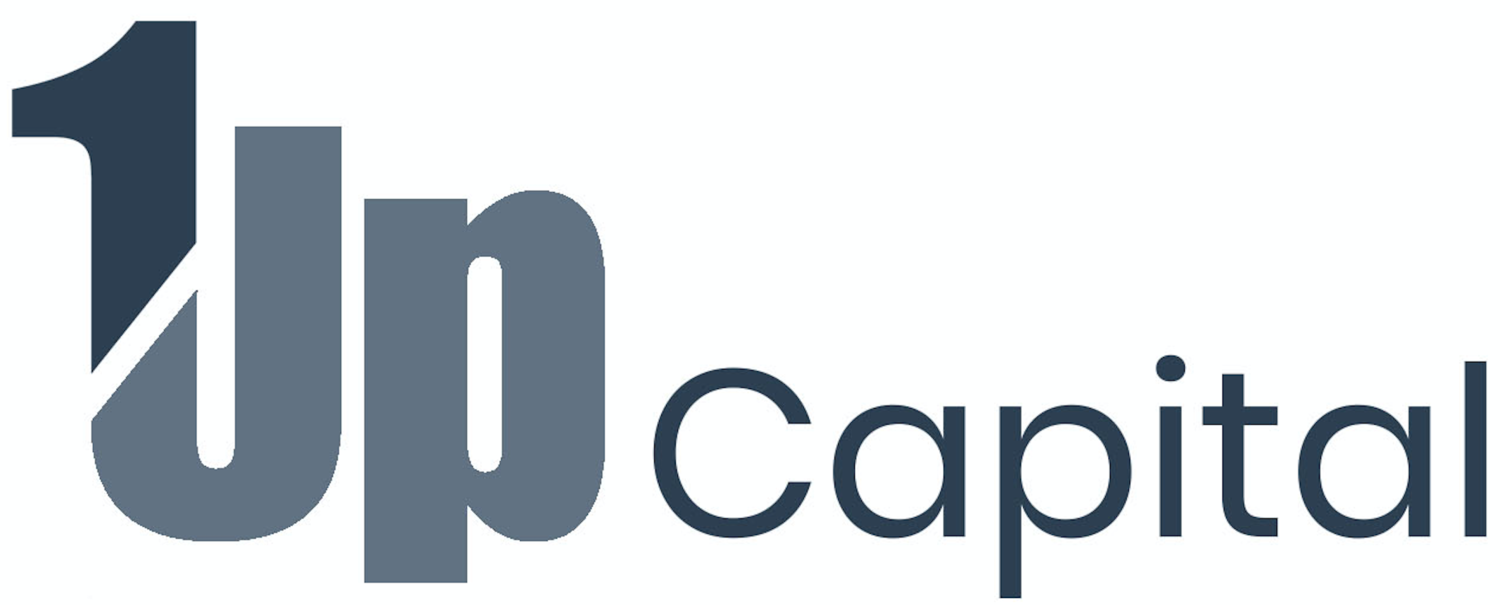What type of monetisation is right for your app?
It's not always easy to find the right balance between monetisation and user experience. For example, it can be the deciding difference between keeping user retention high or immediate deinstalls. But how can developers find the right balance between these two critical factors? In this month's insight article, we try to give a better understanding on the pros and cons of different monetisation methods and how they affect the overall user experience.
So what choices do developers have when they have to decide on a method? The four most popular monetisation models are:
Free Games with In-App Advertising
Free Games with In-App Purchases
Subscriptions
Premium Apps
So let's have a look at the pros and cons of these different monetisation methods.
Free Games with In-App Advertising
This monetisation method allows the user to download the app free of charge and aims on generating downloads quickly. This will enable developers to gather the information that ad networks can use to create targeted ads for the app or game. The longer a user uses the app, the more ads they see, and in return, the more money the developer makes. That's why it's crucial to have high user retention with this model.
Pros
Downloads can be generated faster.
Usually, there is a high availability of information that attracts advertisers.
Advertising on apps has become very popular with companies, so it's safe to say that this interest will only help the app
When In-App advertising is not overdone, and ads are played when users expect them, the user retention can be held very high.
Cons
If ads are displayed too big, it can compromise the user experience.
There is always the need for the content, so the user keeps being engaged. If user retention falls, ad companies will stop advertising.
Too many ads can lead to users being annoyed, and immediately uninstalls can occur.
Free Games with In-App Purchases
This method also makes the app available for free, so the users are not risking anything when they download the app. The difference here is that instead of seeing ads, the user has the possibility to make in-app purchases. These can include premium currency, game boosts or add on features.
Pros
Downloads can be generated faster.
Prices of premium features can be adjusted quickly.
Users who buy premium features are usually very engaged in the app, which keeps user retention high.
Premium features can make games easier or boosts specific processes; this creates a desire for players to buy more each time.
Cons
App Stores usually take part of the revenues generated by in-app purchases.
In-app purchases can mean bad press. They have been in the spotlight for seducing children to pay vast amounts of money.
Here the balance has to be right as well. If too many features are premium, people can lose interest fast.
Subscriptions
Usually, this monetisation model locks content behind a subscription wall. Only if users pay a daily, monthly or yearly subscription will they unlock that content. Hence, this model is very well suited for service-orientated apps and generates a recurring revenue stream.
Pros
Users can experience the whole app without restrictions.
User sessions will be longer.
Generates a recurring revenue stream.
Loyalty and engagement are higher.
Cons
Does not work for all types of apps.
Users can be annoyed when too much content is behind a subscription wall.
Premium Apps
Premium apps are bought before they can be used. This creates the need to show the customer the value of the app upfront so that they are convinced to buy the app.
Pros
Every download generates revenues.
Users who pay for the app are most likely to be engaged over a long period of time.
No ads mean a cleaner interface.
The developer can be more focused on the development and doesn't need to think about monetisation that much.
Cons
Users will think twice before buying a premium app and often opt out for a free game with fewer features.
App Stores usually take part of the revenues generated by purchases.
Premium apps typically don't have a lot of downloads.
Now, these are just the basic forms of monetisation for apps, and you don't have to follow strictly one method. You can use combinations of them to get the best results for your type of app. For example, a free app with ads, but users can buy a subscription to get rid of the ads. Or you can integrate ads behind rewardables so that the user decides if he wants to see ads and when. So keep in mind that regardless of how good an app is developed, monetisation can be the difference between number 1 in the charts and a failure. But whichever method you will choose in the end, you can be sure that 1Up Capital will be a strong partner supporting you through your user acquisition needs. Want to read more about UA funding and apps? Then this insight article could be for you.
